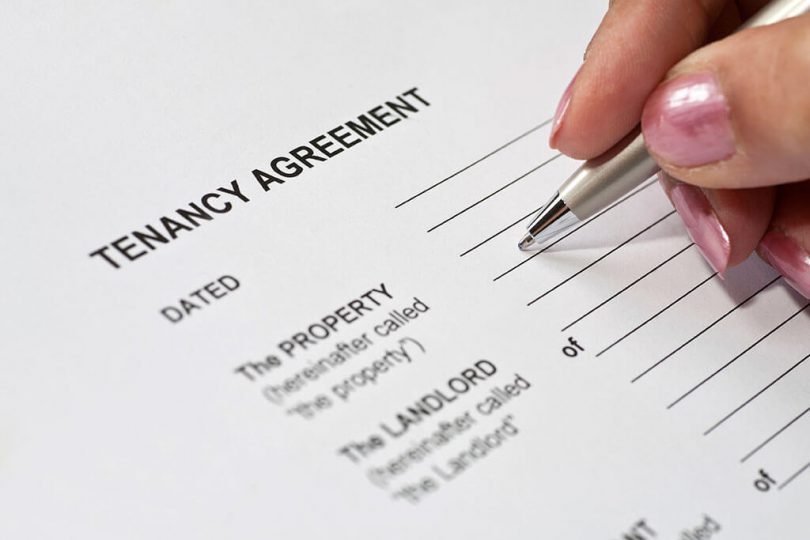A well-drafted tenancy agreement is the foundation of a successful landlord-tenant relationship. It outlines the rights and responsibilities of both parties, sets expectations, and serves as a legal document that protects both the landlord’s property and the tenant’s rights. As a landlord in New Zealand, understanding the key clauses to include in your tenancy agreement is essential. In this blog, we’ll guide you through the crucial clauses that every landlord should consider when creating a comprehensive and effective tenancy agreement.
1. Property Description:
Clearly describe the property being rented, including its address, unit number, and any specific features or amenities included.
2. Duration and Termination:
Specify the tenancy term, whether it’s a fixed-term tenancy or a periodic tenancy. Include details about how the tenancy can be terminated by both parties, the notice periods required, and any conditions for early termination.
3. Rent and Payment Terms:
Clearly outline the rent amount, due date, and accepted payment methods. Include information about any late fees, penalties for bounced checks, and the consequences of non-payment.
4. Security Deposit/Bond:
Detail the amount of the security deposit (bond) required, the conditions under which it may be withheld, and the process for returning it at the end of the tenancy.
5. Maintenance and Repairs:
Specify the responsibilities of both the landlord and the tenant when it comes to property maintenance and repairs. Outline procedures for reporting and addressing maintenance issues promptly.
6. Tenant’s Responsibilities:
List the tenant’s obligations, including maintaining the property in a clean and tidy condition, adhering to property rules, and notifying the landlord of any damages or issues.
7. Landlord’s Access:
Define the circumstances under which the landlord can access the property for inspections, repairs, and maintenance. Ensure compliance with legal requirements for notice periods.
8. Subletting and Guests:
Include clauses about subletting the property or having guests stay for extended periods. Specify any requirements for obtaining landlord approval.
9. Tenant Insurance:
Outline whether the tenant is required to have tenant liability insurance to cover damages or losses caused by their actions.
10. Alterations and Improvements:
Clarify whether tenants are allowed to make alterations or improvements to the property and the process for seeking landlord approval.
11. Quiet Enjoyment:
Include a “quiet enjoyment” clause that ensures the tenant’s right to live in the property without interference from the landlord.
12. Compliance with Laws:
Stipulate that both parties are expected to comply with all applicable laws, regulations, and bylaws.
13. Dispute Resolution:
Include a clause outlining the process for resolving disputes, whether through mediation, arbitration, or legal action.
14. Property Inspection and Condition Report:
Detail the process for conducting move-in and move-out inspections, along with the completion of a condition report to document the property’s condition.
Conclusion:
A well-crafted tenancy agreement is a powerful tool that establishes clear expectations, protects the rights of both parties, and provides a solid framework for a successful landlord-tenant relationship. By including these key clauses in your tenancy agreement, you can minimize potential conflicts, ensure compliance with regulations, and create a rental experience that is fair, transparent, and mutually beneficial. When drafting your tenancy agreement, consider seeking legal advice or utilizing reputable templates to ensure that your agreement meets all legal requirements and accurately reflects your intentions as a landlord.



